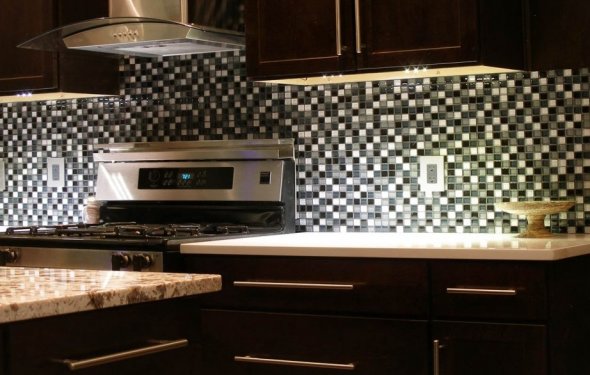Ceramic Frost

 The ceramic stove is one of the most popular separate materials. The strength, weariness, aestheticity and environmentality are the quality that makes it one-self-ground with the best materials for the processing of the various types of premises.
The ceramic stove is one of the most popular separate materials. The strength, weariness, aestheticity and environmentality are the quality that makes it one-self-ground with the best materials for the processing of the various types of premises.
The OAO ' s " Ceramic products " product, known to buyers as " Walkermic " , is produced in accordance with world production standards and has modern design to make the most bold interrier decisions operational.
A well-established technological process, best designers and a team of professionals with more than 50 years of experience are the elements that enable OAO Ceramic Products to create a popular, high-quality ceramic plate under the Walkermic trademark.
History ceramic stove
The ceramic stoves of various types of production and use are articles made of a mixture of different varieties of clay, with the addition of other natural components prepressed at a pressure of approximately 500 kg/cm2, and then burned in kilns at a temperature of between 1040 and 1,300 °C depending on the type of stove.
Ceramic tiles have been known since antique times. The archaeologists found that the stove existed in the 13th century before N.E. in ancient Egypt. The mosaic plates were covered by the fields of the homes of the living in ancient Greece and Rome.
Ancient Mesopotamia, Egypt, used a ceramic to steal their creations. The Babylon Gate, which was built during the King of Navvodhonosora (605-562 to N.E.), dedicated to the Ishtar goddess, was covered with a blue frost with images of the lions and dragons. In the early 17th century (1609-1616), a mosque was built in Istanbul under the direction of the nineteenth-year Sultan Ahmed. Inside its walls, all the shades of blue and blue, for which the compatriots called this Temple " Blue Mosque " . This stove was manufactured in the Iznik workshops, which celebrated its production for the world.